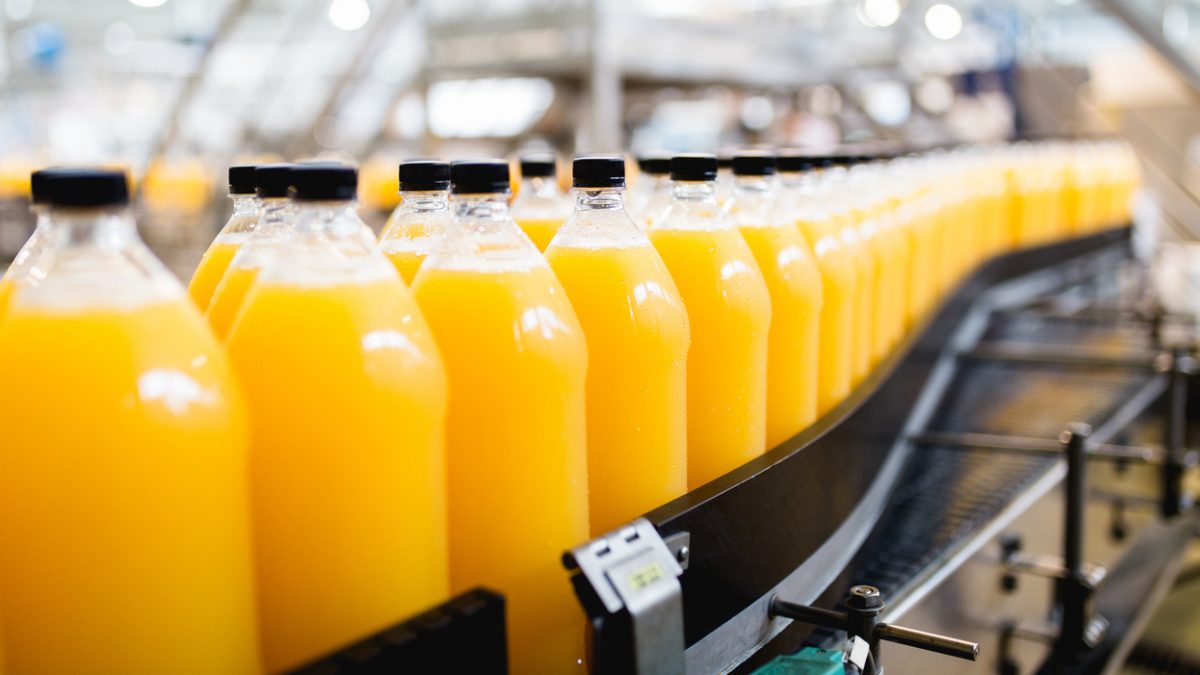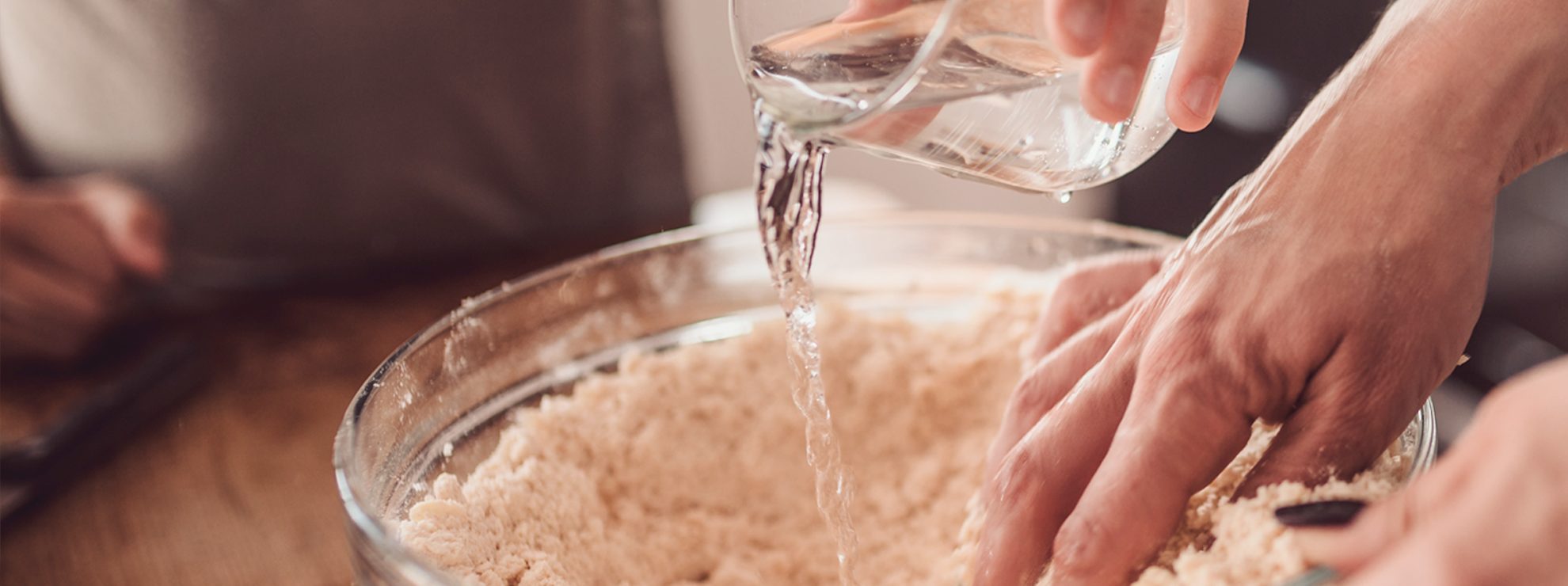
In a move that could reshape breakfast tables across America, the U.S. Food and Drug Administration (FDA) has proposed a major update to the Standard of Identity for pasteurized orange juice—a rule that’s been in place since 1963. The change centers on a technical but crucial measurement: the Brix level, which indicates the sugar content of a liquid. Under the new proposal, the minimum Brix requirement for orange juice would drop from 10.5° to 10°, a shift that reflects both agricultural realities and evolving consumer expectations.
The proposed rule, announced on August 5, is part of the FDA’s broader effort to modernize food standards and reduce regulatory burdens that no longer reflect the current state of U.S. agriculture.
Why the Change Matters
The Brix standard was originally designed to ensure consistency in taste and quality, guaranteeing that orange juice sold in stores met a minimum level of sweetness and dissolved solids. But over the past two decades, Florida’s citrus industry—the backbone of domestic orange juice production—has been hit hard by citrus greening disease, extreme weather, and declining crop yields. As a result, the average Brix level of Florida oranges has dropped below the current legal threshold, forcing manufacturers to import higher-sugar juice from abroad just to meet federal standards.
By lowering the Brix requirement to 10°, the FDA hopes to give producers more flexibility, reduce reliance on imports, and allow more juice to be made from domestic oranges. According to the agency, the change is unlikely to affect taste or nutritional value, and will help preserve the essential character of orange juice while reflecting the realities of today’s citrus crops.

Industry Applause and Public Input
The proposal was prompted by a citizen petition from the Florida Citrus Processors Association and Florida Citrus Mutual, who argued that the current standard was outdated and unfairly penalized American growers. “This is a big win for our citrus industry,” said USDA Secretary Brooke Rollins. “We’re cutting red tape and helping more American oranges end up in American breakfast glasses.”
FDA Commissioner Dr. Marty Makary echoed the sentiment, calling the update “a commonsense reform that strengthens our domestic supply chain.”
The public has until November 4, 2025, to submit comments on the proposed rule, including suggestions on whether the Brix level should be lowered further or whether the standard should be eliminated entirely. The FDA is also considering raising the allowable percentage of citrus reticulata hybrids—like mandarins—in orange juice blends, which could further diversify the flavor and sugar content of future products.
Will Your Juice Taste Different?
Probably not. According to the FDA, the change represents a 1 gram reduction in sugar per 8-ounce serving, and most consumers won’t notice a difference in flavor. The agency emphasized that the update is about flexibility, not dilution, and that manufacturers can still produce juice with higher Brix levels if they choose.
Nutritionists, however, continue to urge moderation. While 100% fruit juice can be a source of vitamins and minerals, it’s also high in natural sugars and lacks the fiber found in whole fruit. The American Academy of Pediatrics recommends limiting juice intake for children and avoiding it entirely for infants under 12 months.
;Resize,width=767;)
